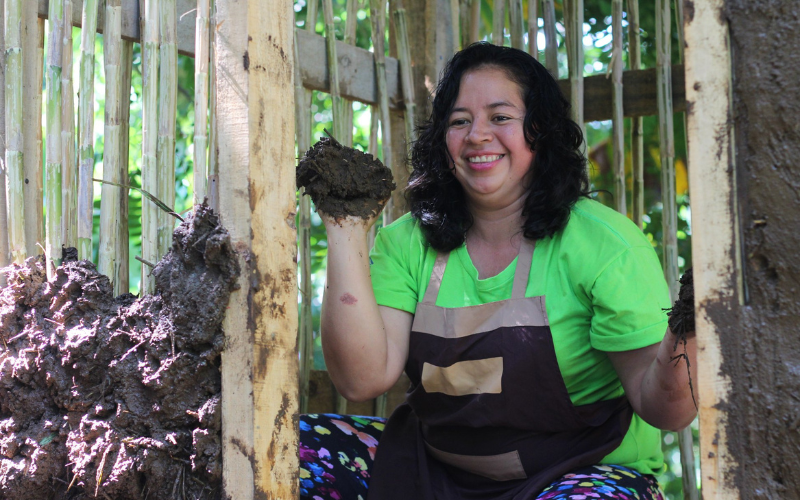The Associação Cortiços do Centro (ACC) is a group formed by residents of overcrowded tenement buildings (cortiços) in central Santos, Brazil. Their goal is to ensure that low-income families can stay in the city centre, close to jobs and services, with access to safe and affordable housing.
In response to rising rents, evictions, and poor living conditions, the ACC launched a community-led housing project to build 181 new homes. So far, 113 units are almost done and the remaining 68 will be completed soon. The project also includes shared spaces like a playground, library, bakery, and training restaurant.
Residents helped design the homes, contributed labour, and manage the project themselves. Monthly payments are income-based and affordable, starting at $25. The total project cost was $5.66 million, funded by federal and local governments, residents’ work, and international support.
The project has had major social impacts. Residents gained construction and management skills, formed new businesses, and now live in safer, healthier conditions. It also helped influence national policy by proving that communities can lead successful housing projects. As a result, other groups now have access to federal land for similar projects.
Environmentally, the buildings use solar power, rainwater collection, and recycled materials. The community runs recycling and environmental education programs too.
This model of community-led housing, with strong resident participation, has inspired similar efforts across Brazil. ACC continues to share its experience through workshops and support for other groups and is working on expanding its efforts to build more homes in central Santos for low-income families.









